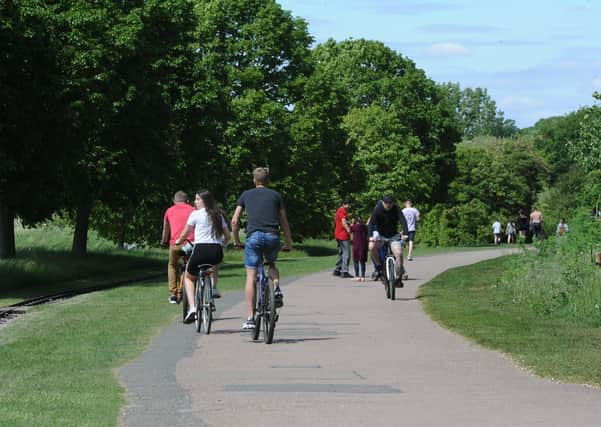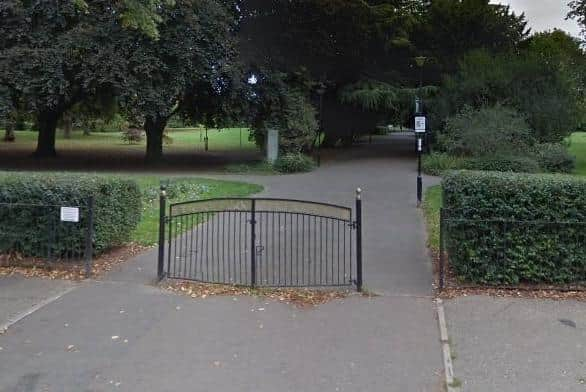Report shows around a third of people in Peterborough have ‘good access’ to green space


Mental health charity Mind says that nature plays an important part in reducing stress and anger, particularly during uncertain times.
A report published by Friends of the Earth and supported by People’s Postcode Lottery ranked the accessibility of green spaces, including gardens and green open areas.
Advertisement
Hide AdAdvertisement
Hide AdThe scores, measuring access to green space, are based on factors including the size of gardens, and the number of nearby green spaces and distance to them.


The report reveals that:
9% of neighbourhoods in Peterborough are in the bottom category, with very small gardens, no green space within a five-minute walk, and limited access to spaces further afield.
23% have limited access due to homes having very small gardens, while public spaces are less accessible either because of the limited number of them or because they are more than five minutes’ walk for most residents.
32% have moderate access to green spaces, with small gardens and either some public green space within five minutes’ walk, or good access further afield.
Advertisement
Hide AdAdvertisement
Hide Ad14% have good provision, with either large gardens and access to small public spaces within five minutes’ walk, or smaller gardens but large public spaces within the same distance.
23% have the best access, with large gardens and significant public spaces less than five minutes’ walk away.
Environmental campaigners are pushing for the Government to invest to eradicate what they call green space deprivation.
Mike Childs, head of science at Friends of the Earth, said: “Our research shows that millions of people across the country are missing out on the physical and mental health benefits of decent green space and connection with nature.
Advertisement
Hide AdAdvertisement
Hide Ad“Decades of brutal cuts to local authority budgets, combined with poor planning controls, have created thousands of nature-deprived neighbourhoods.
“This hits black, Asian and minority ethnic people the hardest with almost 40% living in the areas most deprived of green space.
“It’s time that social and environmental inequalities like this are properly addressed by government investment.
“This mean creating new street parks, opening up school playing fields for out of hours use, and planting much needed street trees.”
Advertisement
Hide AdAdvertisement
Hide AdStephen Buckley, head of information at Mind, said bringing nature into everyday life can help improve the mood and reduce stress.
He added this was vital especially during these uncertain times.
A spokesman for the Ministry of Housing, Communities and Local Government said: “We know how important our green spaces are which is why our new proposals to radically reform the current planning system will make sure homes have access to precious green spaces and new parks.
“We will also protect our Green Belts for future generations and ensure all new streets are tree-lined.
“Natural England continue to work to ensure the English countryside is open for all to explore and enjoy and we are looking at opportunities to better connect people with nature.”
Comment Guidelines
National World encourages reader discussion on our stories. User feedback, insights and back-and-forth exchanges add a rich layer of context to reporting. Please review our Community Guidelines before commenting.